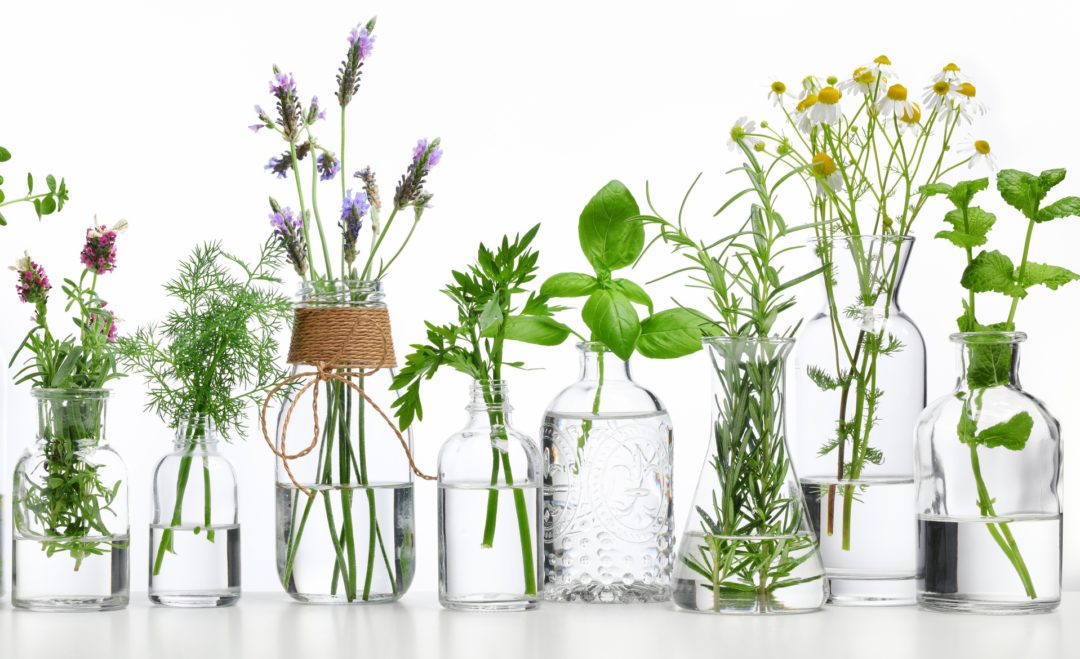Austin, TX — Total consumer spending on herbal dietary supplements in the U.S. reached an estimated $8.085 billion in 2017, according to the recently published HerbalGram Herb Market Report for 2017.
For the fifth consecutive year, horehound (Marrubium vulgare, Lamiaceae), an herb commonly found in natural cough drops and lozenges, ranked first in total mainstream U.S. retail sales. Turmeric (Curcuma longa, Zingiberaceae) experienced the strongest mainstream sales growth in this channel, with a 46.7% increase in sales from 2016. Turmeric supplements also performed well in the US natural retail channel, where they had the highest overall sales in 2017.
The report, which appears in issue 119 of the American Botanical Council’s (ABC’s) quarterly, peer-reviewed journal HerbalGram, notes that this is the first time total US retail sales of herbal supplements have surpassed $8 billion. In addition, the 8.5% increase in total sales from 2016 is the strongest growth for these products in more than 15 years.
ABC’s annual market report for herbal supplement sales is based on US retail sales data from the Chicago, Illinois-based market research firms SPINS and IRI, as well as Nutrition Business Journal (NBJ), a publication of Informa/New Hope Natural Media based in Boulder, CO. The report covers only retail sales of herbal dietary supplements and does not reflect the sales of most herbal teas, botanical ingredients used in cosmetics, or government-approved herbal drug ingredients in over-the-counter medicines.
In addition to providing statistics for various herbs, HerbalGram’s annual report highlights larger consumer trends that may be behind some of the notable sales increases and decreases in 2017. As detailed in the report, increased consumer awareness and acceptance of Ayurvedic herbs in the United States was likely behind the strong sales of ingredients such as turmeric and ashwagandha (Withania somnifera, Solanaceae). Notable sales increases for moringa (Moringa oleifera, Moringaceae), nigella (Nigella sativa, Ranunculaceae), wheatgrass (Triticum aestivum, Poaceae), and barley grass (Hordeum vulgare, Poaceae) were likely related to the growing consumer preference for botanical ingredients with general health and nutrition benefits, often in non-pill forms, such as powders and liquids.
The annual HerbalGram Herb Market Report is available for free, in both PDF and HTML formats, on the ABC website, www.herbalgram.org.










